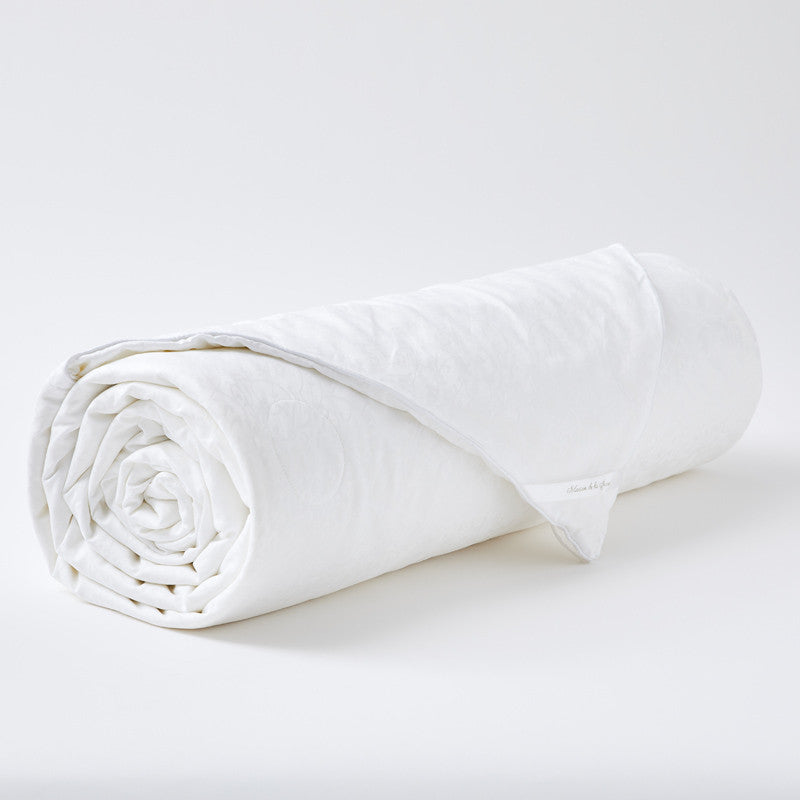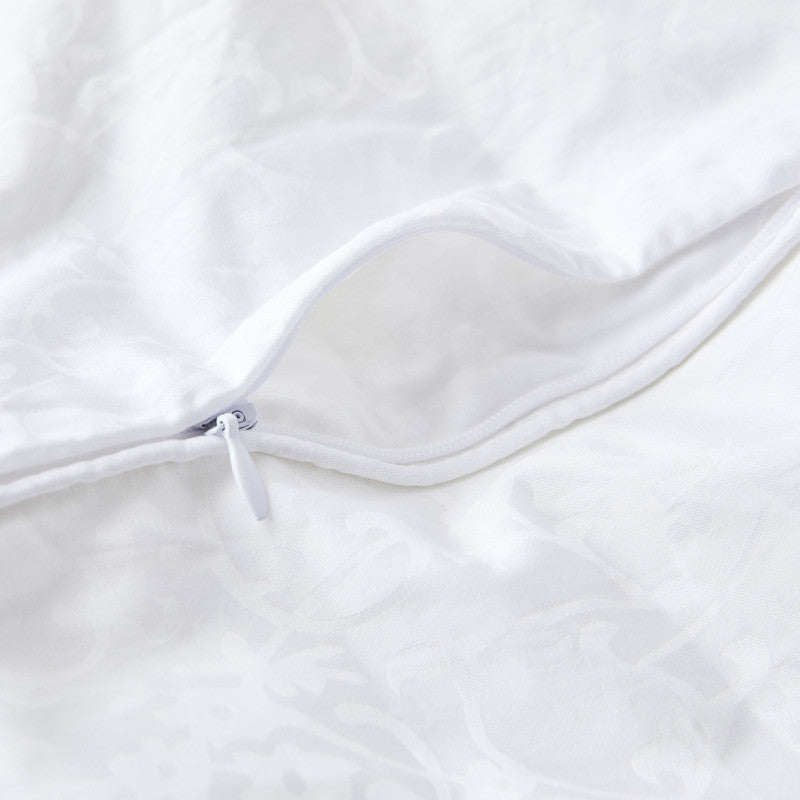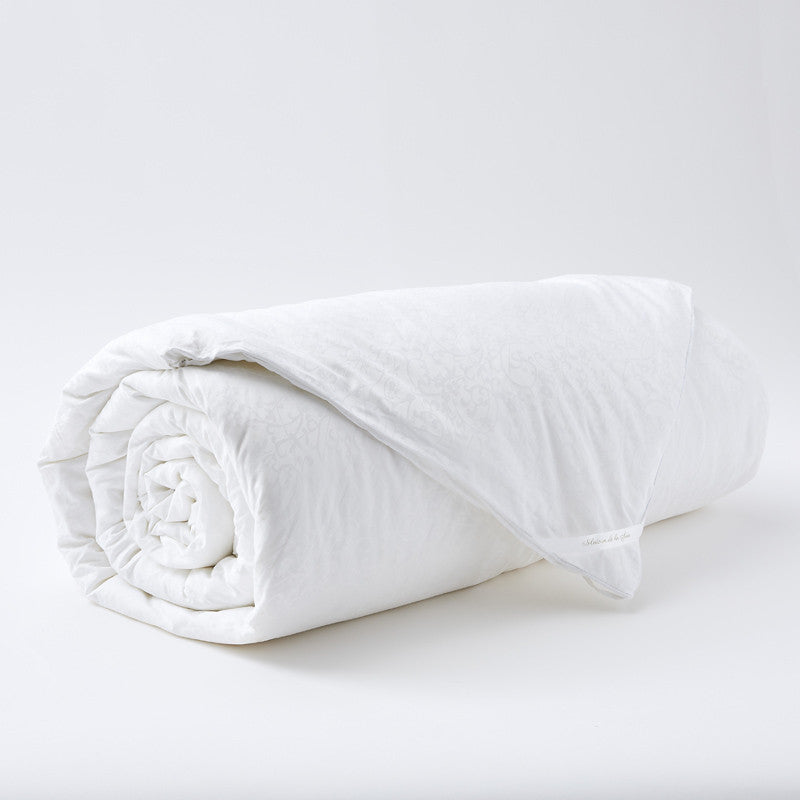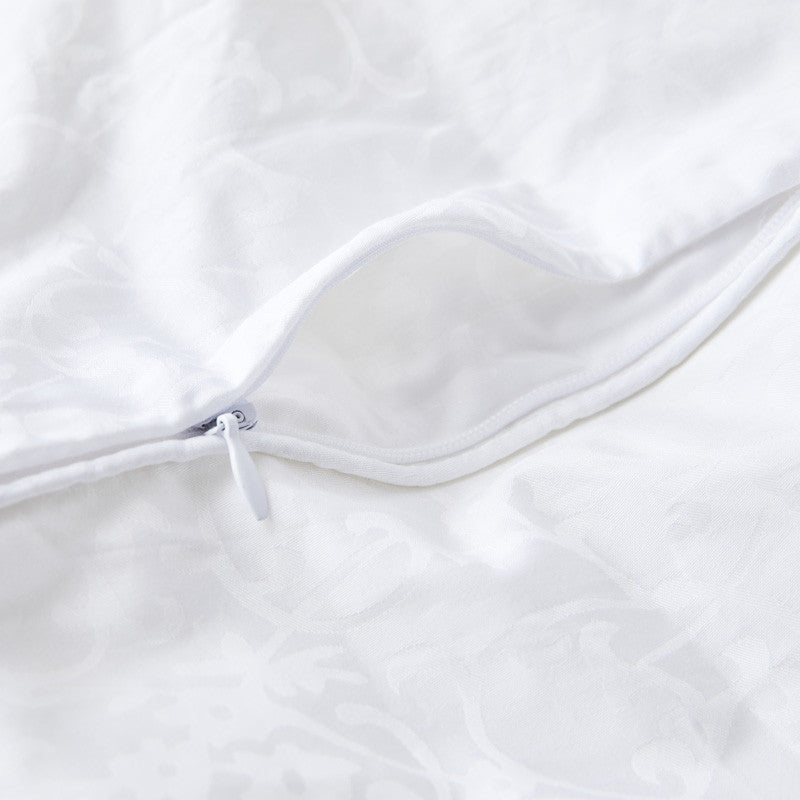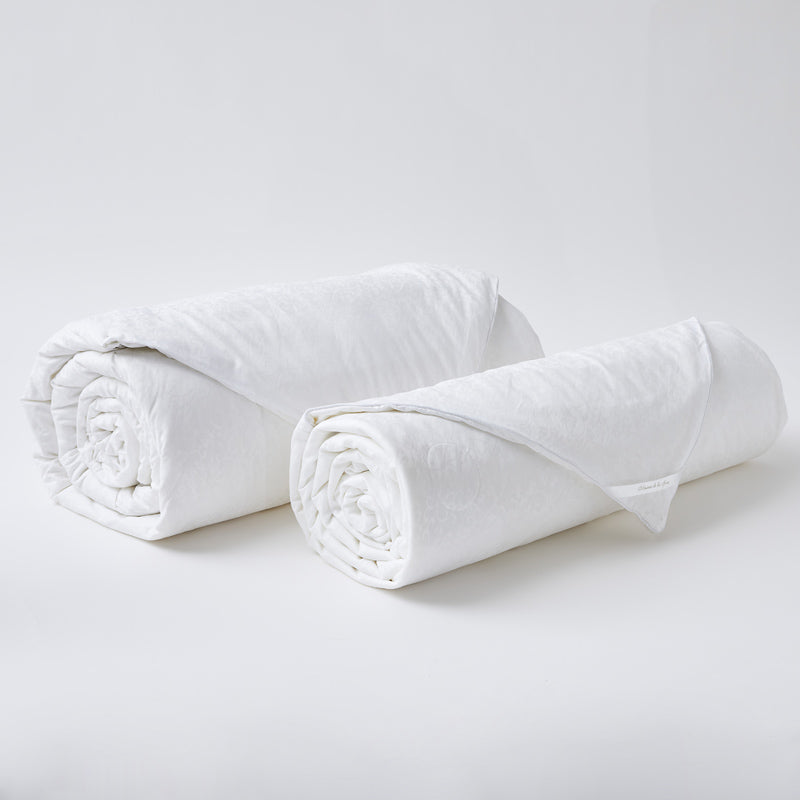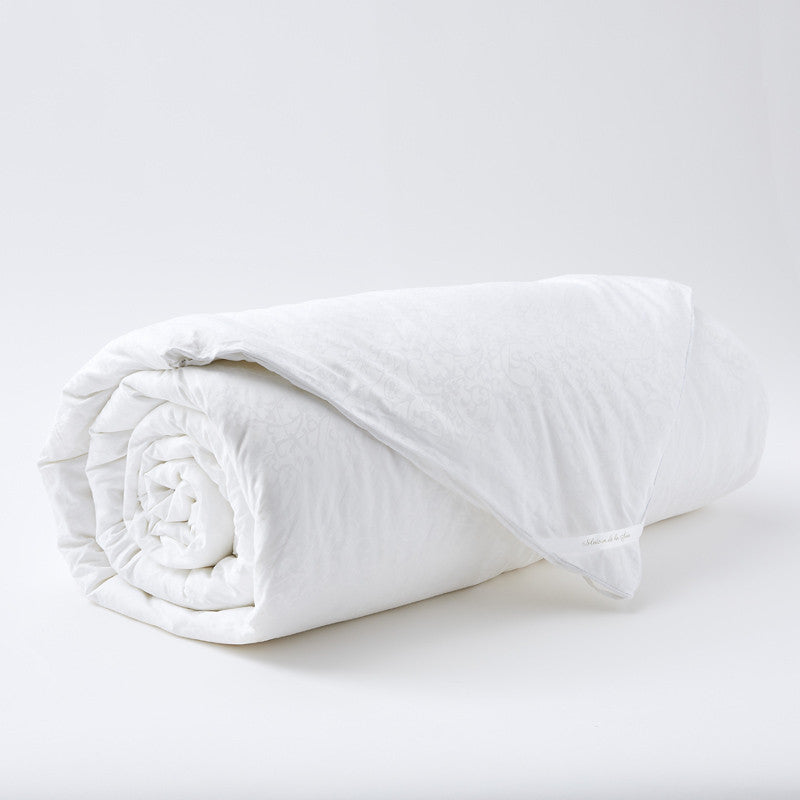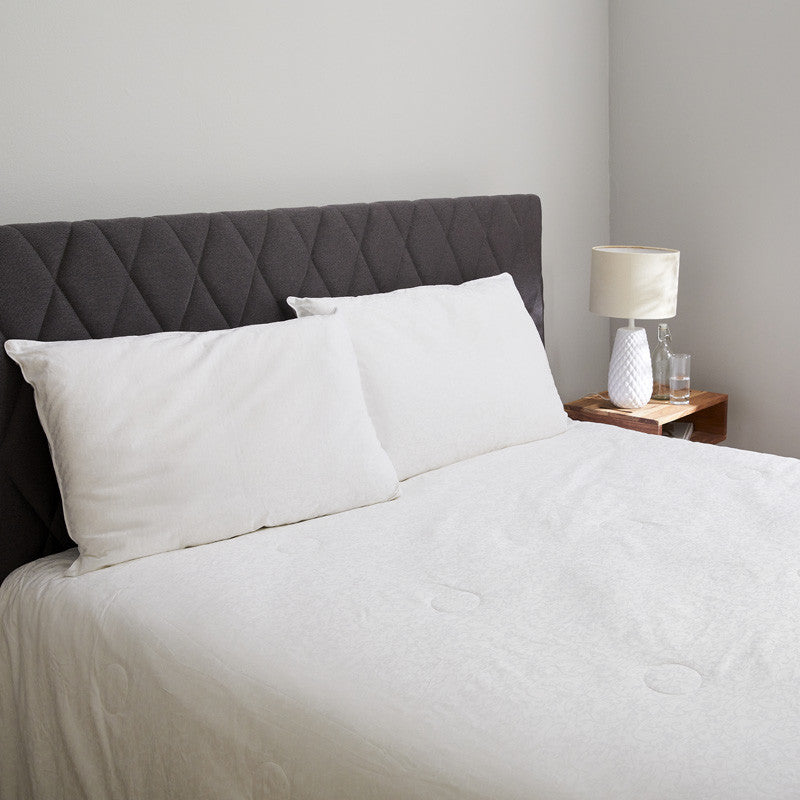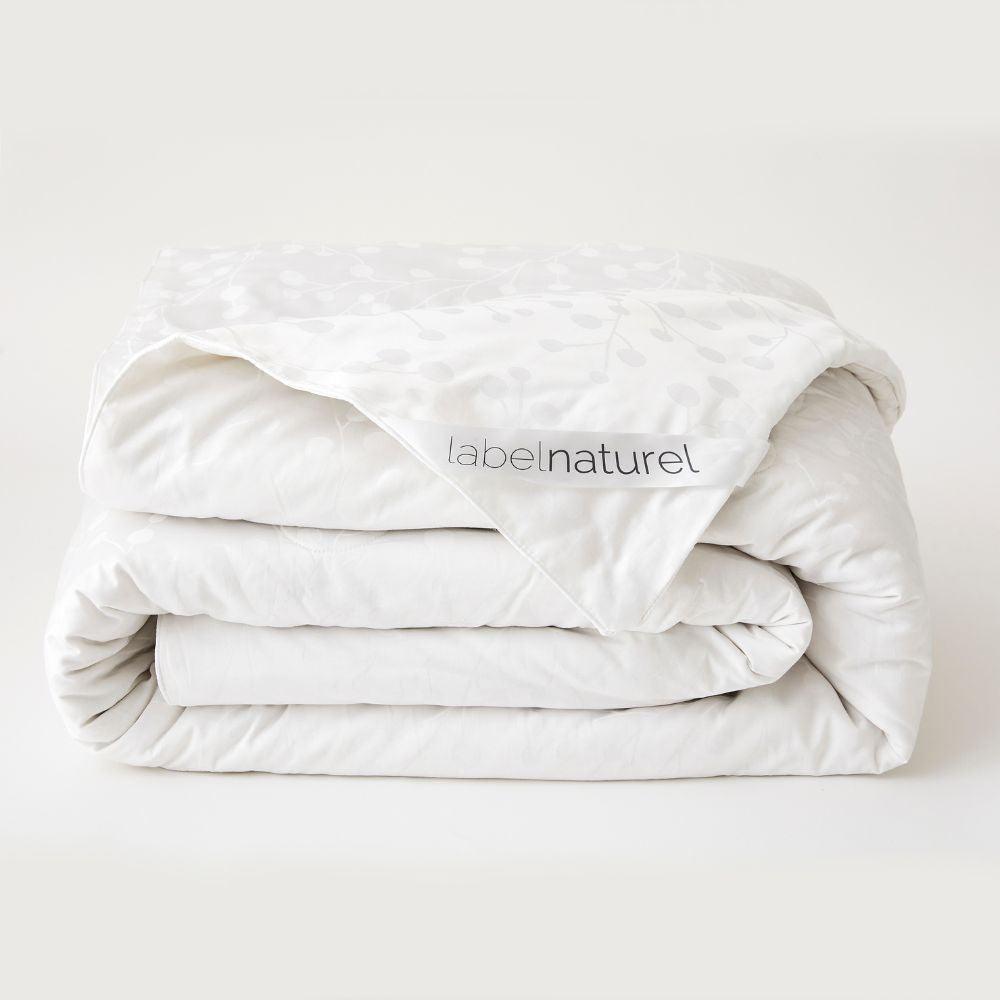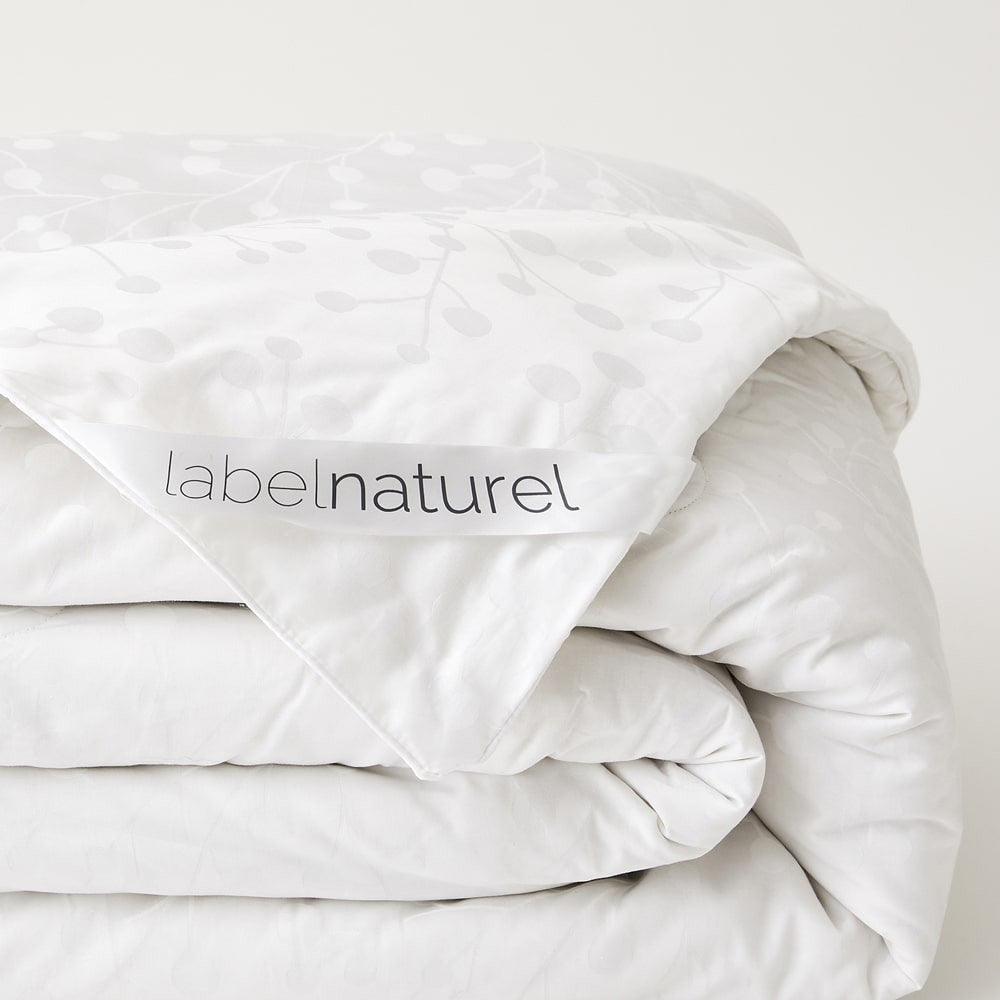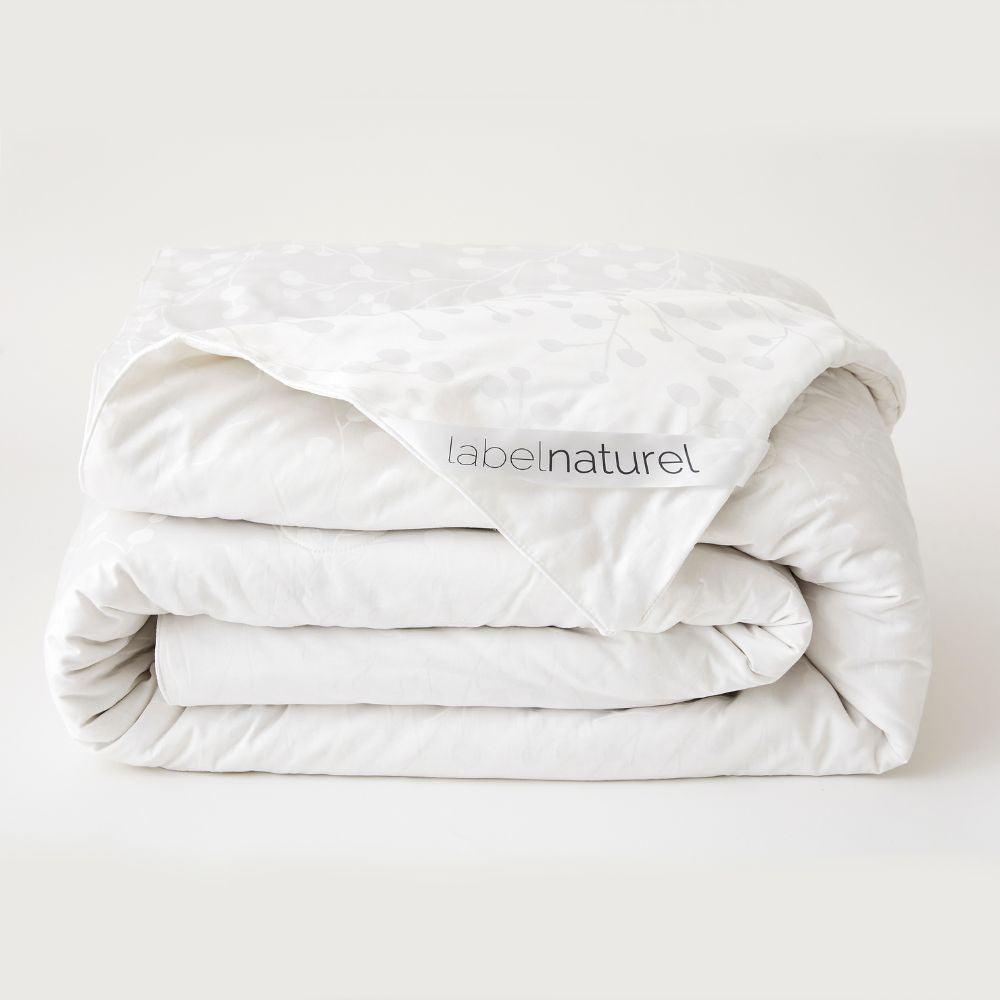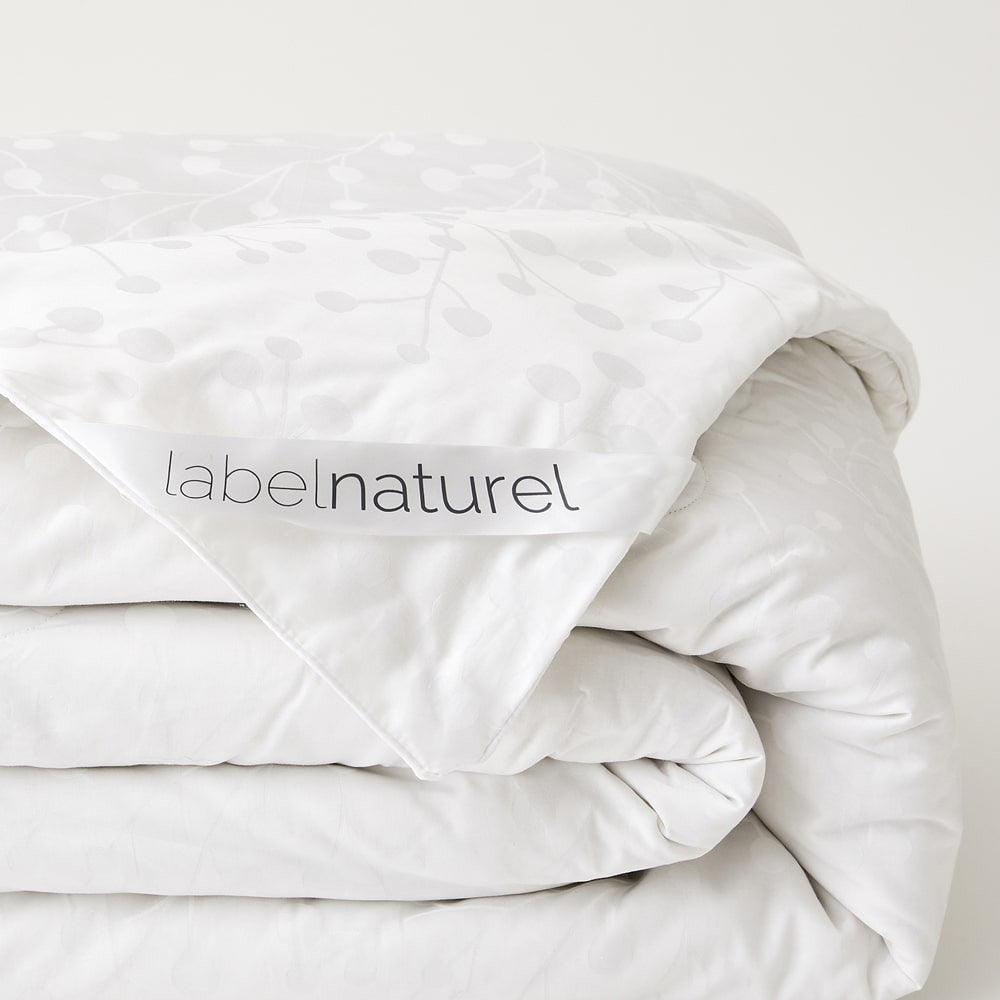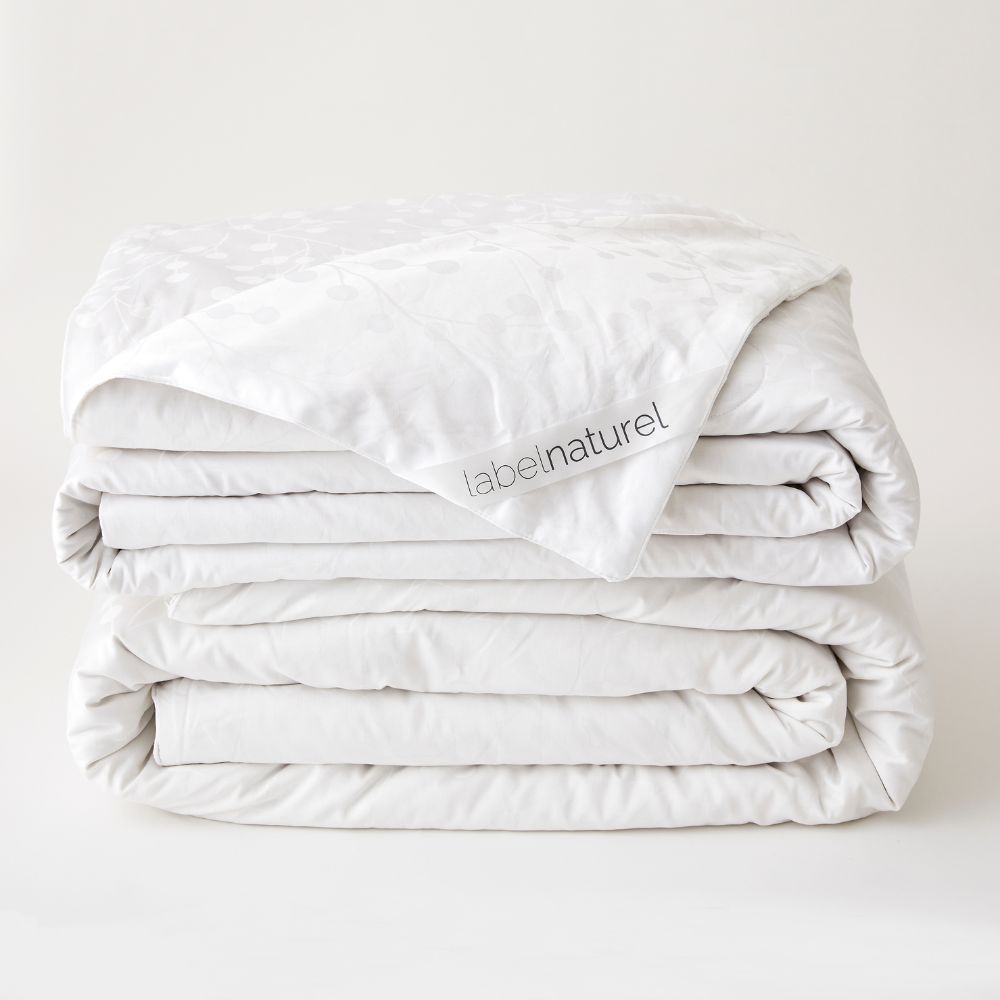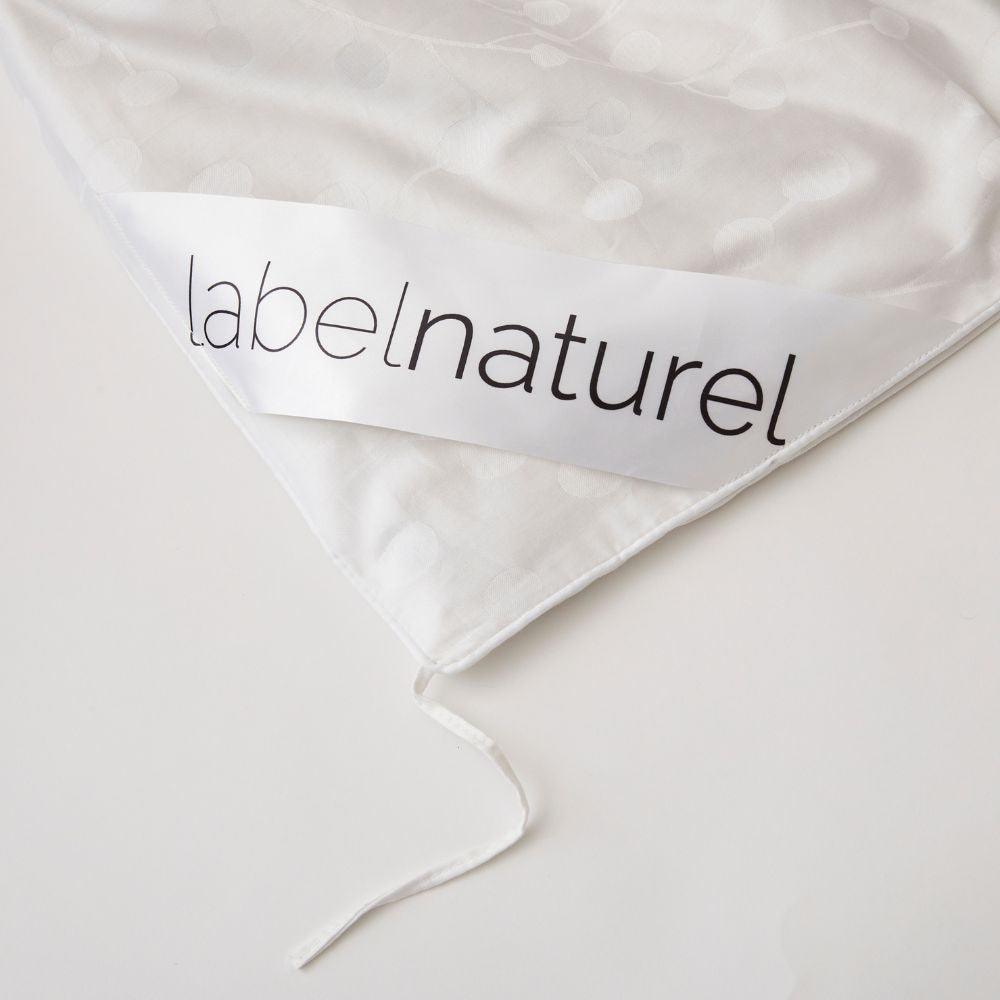Manufacturing silk duvets
The fruit of an ancestral Chinese tradition, working with natural silk requires real expertise and calls on knowledge and techniques that have been handed down from mother to daughter for several centuries.
Our duvets are manufactured to exacting standards, guaranteeing you a top-of-the-range product, produced with care and respect for the "Rules of the Art".
But before we look at these traditional manufacturing techniques, let's take a moment to consider the quality and origin of the raw materials.
The finest silk
As with goose or duck down, there are different qualities of silk. Not all are equal, of course. Some manufacturers, and by no means the least, use poor-quality cocoons, when they don't simply use "silk flock", the residue of silk carding.
To fill our duvets, we use only the highest quality Grade A cocoons from silkworms. ripened bombyx fed exclusively on white mulberry leaves. White mulberry leaves enable the worms to produce silk of exceptional quality.
Sericulture & cocooning

The silk is then carded to produce long, fine white fibers which, when stretched, give our products unparalleled suppleness and covering power.
Layering
The photo below shows the crucial stage in the manufacture of silk duvets. which involves stretching and spreading a large number of silk layers evenly over the entire surface of the duvet.
These long, interwoven silk fibers are then stitched together, allowing the silk to breathe and offering the best thermal properties.
The result of this time-consuming hand-crafting is nothing like the quilted silk duvets whose production is largely mechanized and whose raw materials are of much lower quality.
Final assembly
All that remains is to insert the silk layers into a carefully crafted cotton cover. This delicate maneuver also requires special care and expertise. The envelope is then sewn without any topstitching to avoid any thermal bridging.
Once again, this choice of manufacturing method guarantees you a top-of-the-range duvet that's much warmer and more supple than a duvet whose short-fibre filling has to be maintained with over-stitching, which stiffens the duvet and greatly impairs its covering power.
Because we're so proud of the high quality of each duvet, we've included a small zipper on the side so you can see the silk duvet itself!



